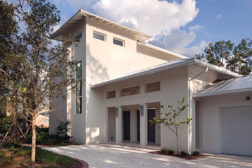Home » solar power
Articles Tagged with ''solar power''
Heat Pumps Used in Super-Efficient Home
Home Built to be as Energy- and Water-Efficient as Possible
Read More
NREL and Stanford Team up on Peel-and-Stick Solar Cells
Cells Could Power Portable Devices and Sensors
May 20, 2013
Copyright ©2025. All Rights Reserved BNP Media.
Design, CMS, Hosting & Web Development :: ePublishing




